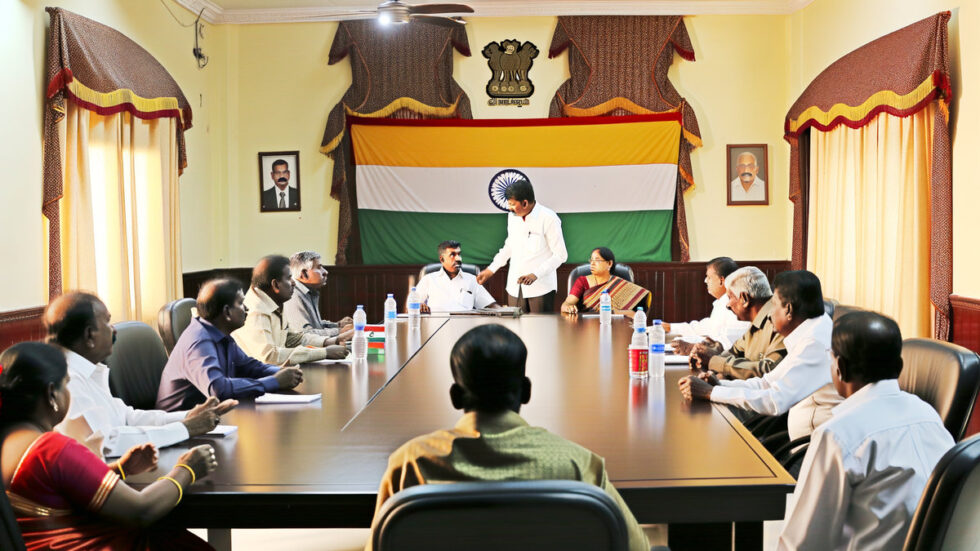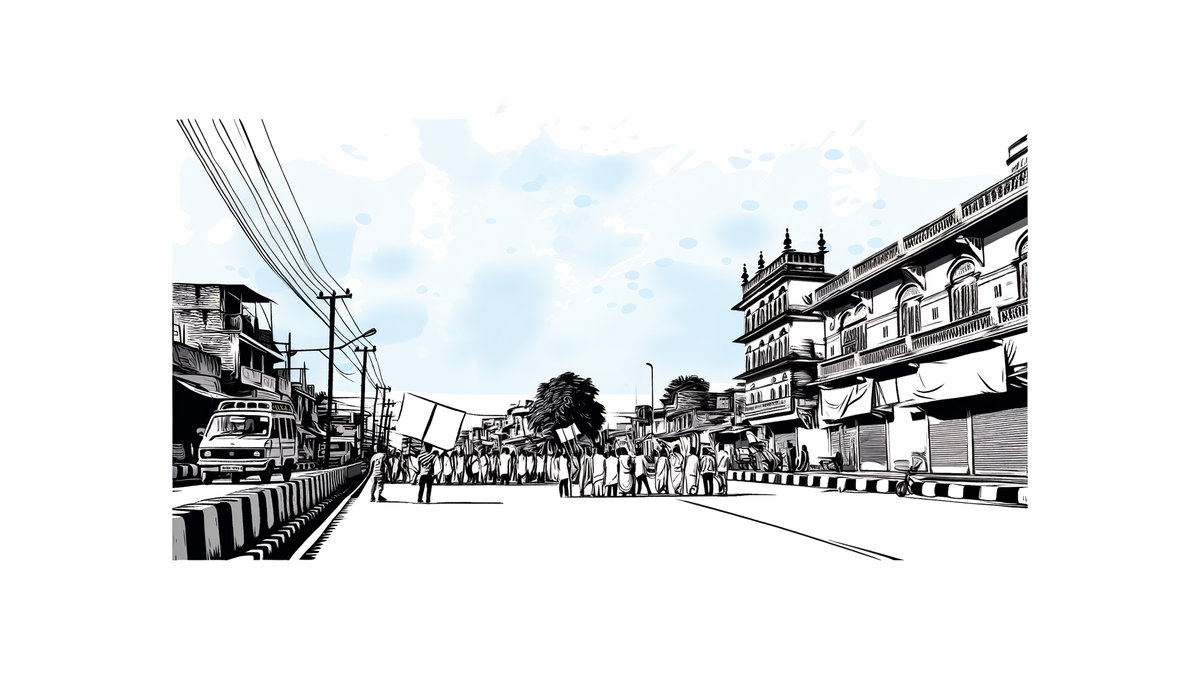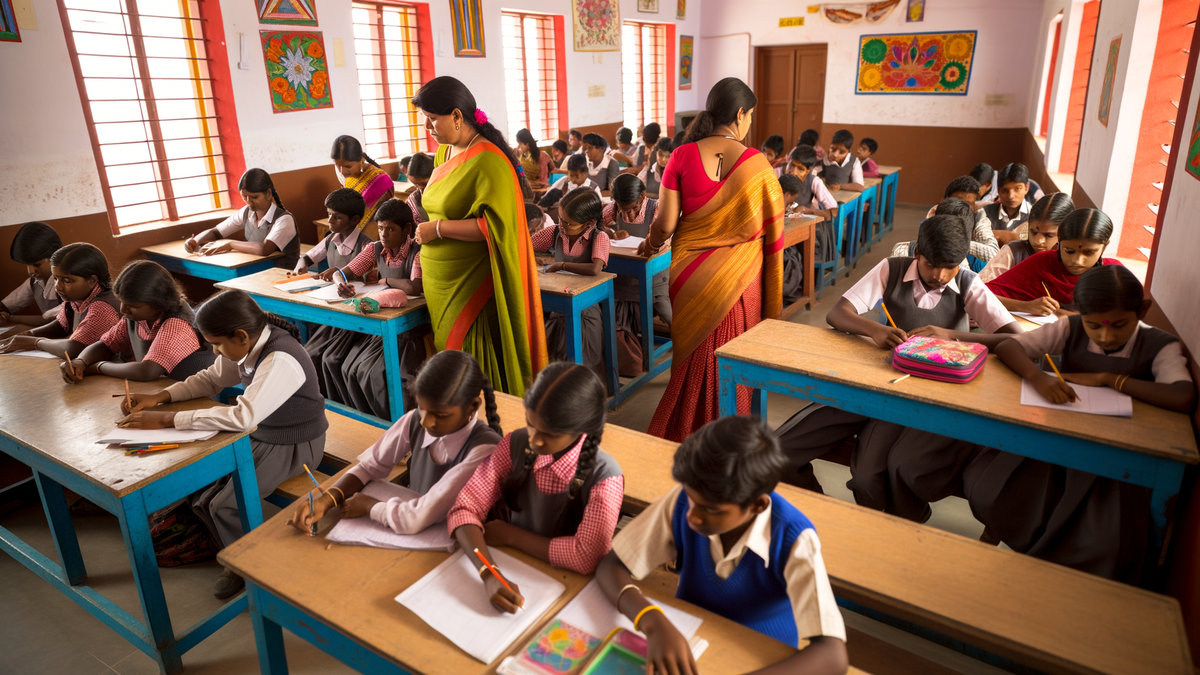
In a recent all-party meeting in Tamil Nadu, Chief Minister MK Stalin highlighted an unintended consequence of the state’s successful population control measures. Despite these efforts being a sign of societal progress, particularly in terms of women’s empowerment and family planning, Stalin pointed out that they could potentially lead to a reduction in the number of parliamentary seats allocated to Tamil Nadu. This development unfolds as the nation prepares for the impending delimitation process, which could reshape the political landscape based on the latest population figures.
Tamil Nadu has long been at the forefront of implementing comprehensive family planning programs, leading to significant strides in public health and women’s rights. This approach has not only improved the quality of life for countless families but also set a standard for other states striving to achieve similar outcomes. However, the irony lies in the fact that these commendable achievements might inadvertently penalize the state in the political arena, reducing its influence at the national level due to a lower population count compared to states with higher growth rates.
Stalin’s address to representatives from various parties underscored the need for a collective understanding and strategy to navigate the complexities introduced by these demographic shifts. By invoking the shared goals of equitable development and representation, the Chief Minister appealed for a unifying stance ahead of discussions on the national stage. This call to action reflects the state’s proactive approach to confronting the challenges posed by its demographic success, balancing the quest for socio-economic advancement with the imperative of ensuring fair political representation.
The scenario underscores a broader tension between population control efforts and political representation in India, where the allocation of parliamentary seats based on census data can have profound implications for governance and resource allocation. Tamil Nadu’s predicament may thus catalyze a reevaluation of the criteria for political representation, potentially influencing future policies to better reflect the diverse achievements and challenges of India’s states.









